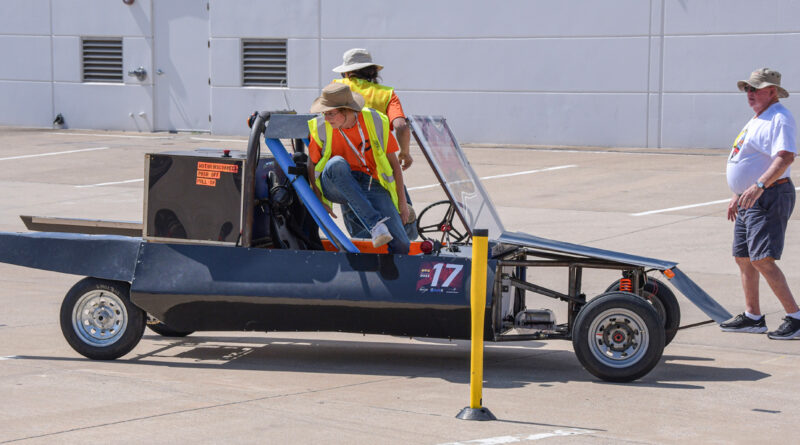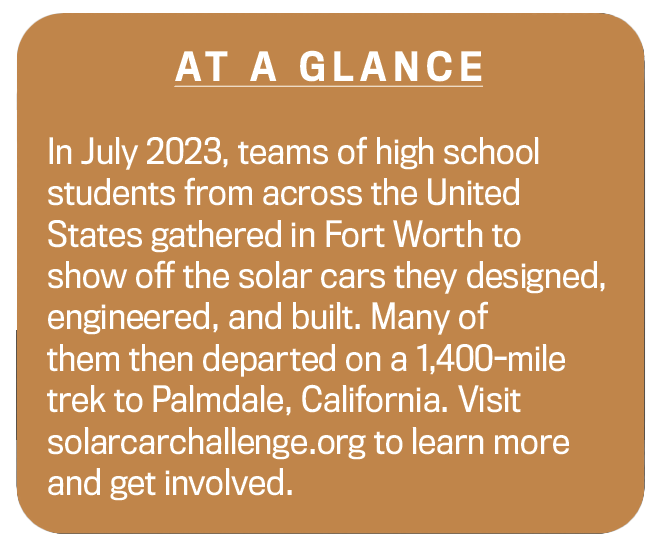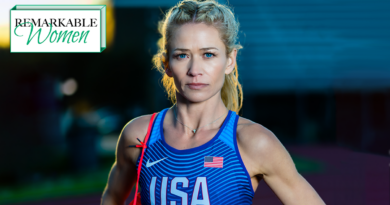Students Get Their Moment in The Sun
Solar Car Challenge inspires success for young scientists
Problem-solving, ingenuity, and teamwork are tools that extend far beyond the confines of any classroom.
Whether studying to be an engineer, artist, or entrepreneur, a solid foundation rooted in real-world challenges and rewarded with actual accomplishments is essential for students.
An element of excitement makes things that much more inspiring.
That’s what Lehman Marks, a former Winston School teacher, had in mind when creating one of the most exciting events in STEM education.
He founded the Solar Car Challenge in 1993 to help encourage students in science and engineering while increasing alternative energy awareness.
“This is a 15-month education program,” Marks said. “We work with students around the country to teach them how to come up with a plan, including what they want to do, how to set up a budget, and how to go out and meet the community so they can fundraise for their project. Then, we teach them how to engineer it. We also help them learn about project management. Finally, they get a chance to display their work by driving it, either at the Texas Motor Speedway or in a cross-country race.”
After noticing a lack of engagement from several of his students, Marks created this project to bring an exciting tactile component to illuminate complex applications in science.
“In around 1989, I was trying to get physics students interested in what we were learning,” Marks said. “They found a lot of the material very difficult to understand by just reading textbooks or even engaging in labs. So, I had some friends at the University of North Texas who invited us to see a solar car they built for the 1990 Sun Race. I took nine students up there, and they kept asking, ‘Why couldn’t we do something like this?’”
Shortly thereafter, Marks decided to create the Solar Car Challenge. Combining elements of physics, engineering, and critical real-world skills has been an incredible way to reimagine traditional teaching methods.
“It’s been a remarkable way to get kids to take ideas that they learn and actually apply them,” Marks said. “One of the philosophies we strongly promote is that this is not a competition; it’s a cooperation. When they finally get to the race, the students know that they’re already winners. Whether they exceed on the track or simply build a car that passes scrutinization, they’ve already won by working as a team and completing this project together.”









